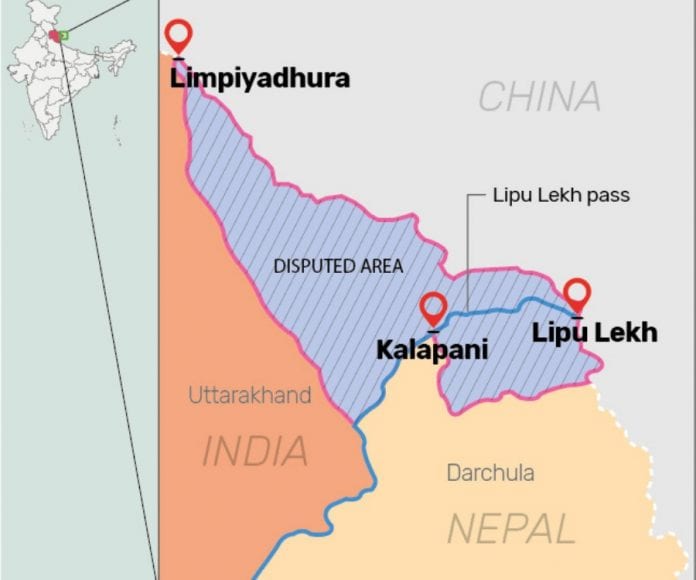900 319 0030
enquiry@shankarias.in
Why in news?
There is renewed tension between India and Nepal over the Kalapani territorial issue.
What is the Kalapani territorial issue?
What are Nepal's claims based on?

Is the road new?
What is the tussle now?
How is it being dealt with?
What is the way forward?
Source: The Hindu